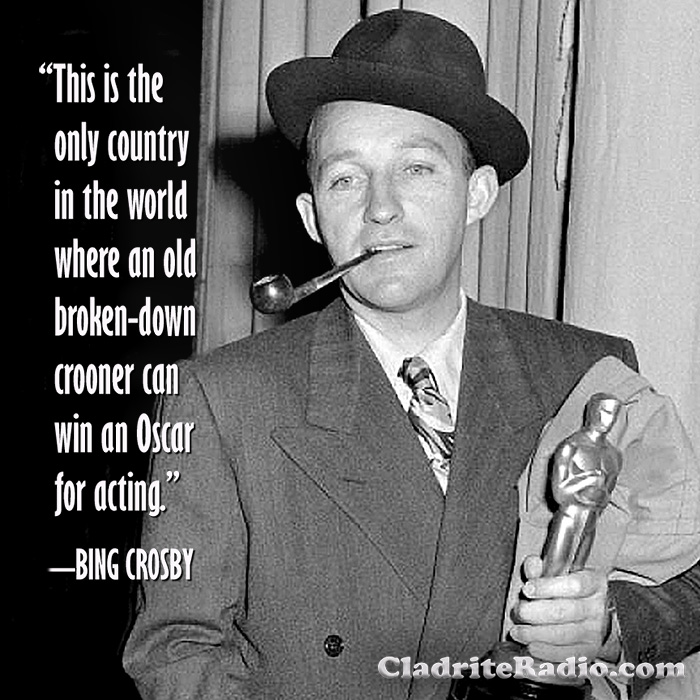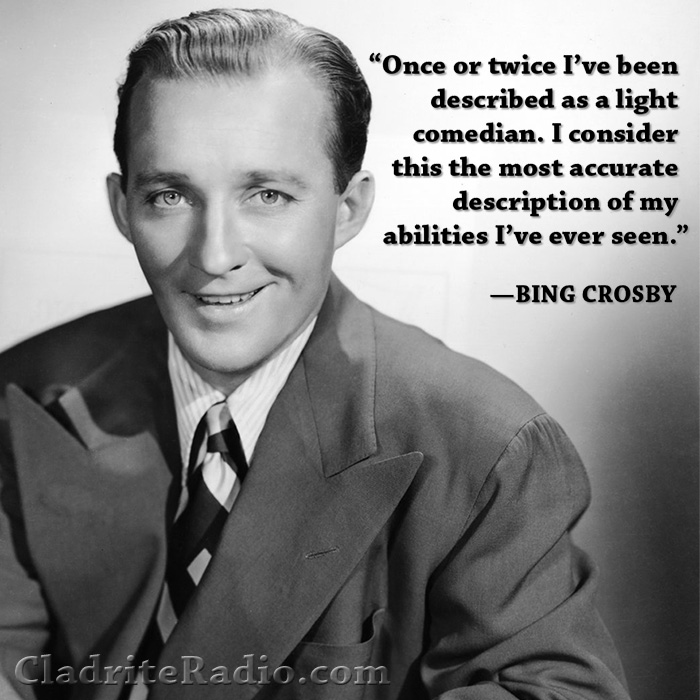Here are 10 things you should know about the great Mildred Bailey, born 123 years ago today. She was an important link between early jazz performers such as Ethel Waters and Bessie Smith and iconic singers like Ella Fitzgerald and Billie Holiday.
Be sure to tune into Cladrite Radio today; we’ll be playing Bailey’s music all day long.


